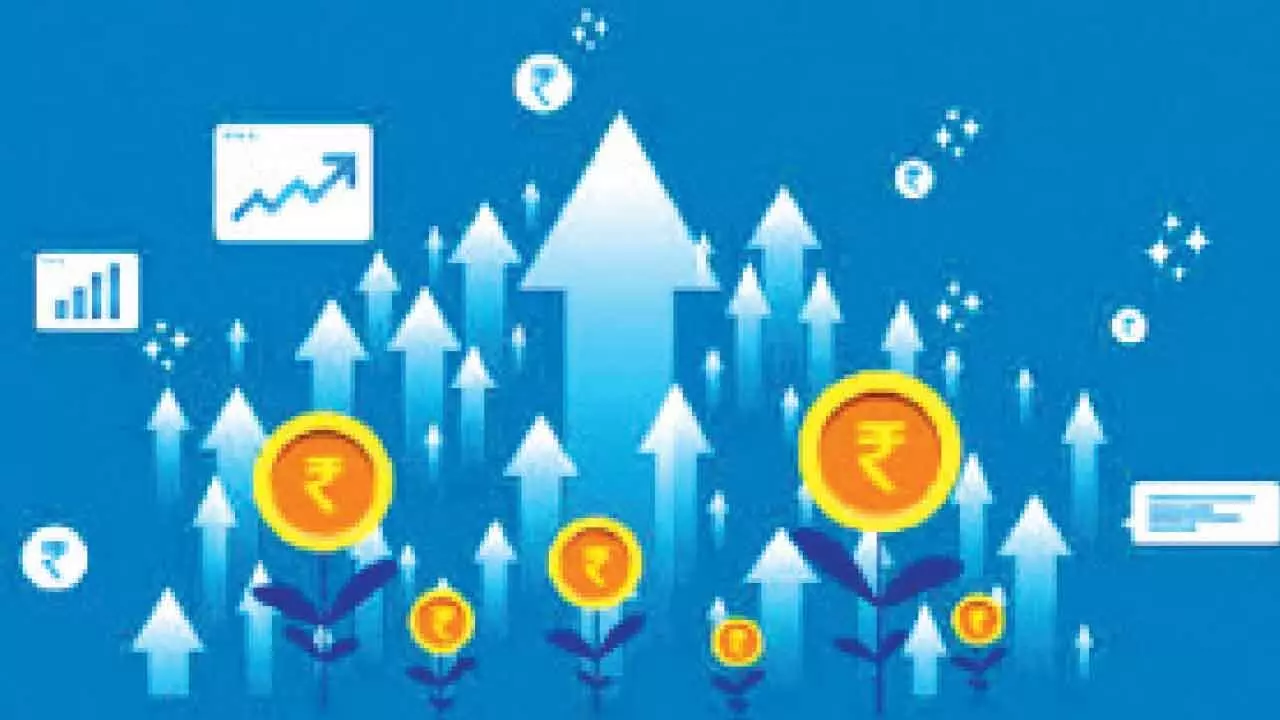Stagnation of mindset is greatest risk investors face
Investor’s mind remains captive to cognitive biases, herd mentality and emotional cycles that have persisted, probably for centuries
Stagnation of mindset is greatest risk investors face

Investing is simple but it’s difficult to remain in investing mode by us, humans. While we want all our investments to reap great returns, we tend to have timelines that don’t align with our investee stocks or funds. Also, all our investments can’t remain generating high returns at all the times, they too exhibit their mood swings (cycles).
So, the script is constantly being rewritten in the dynamics of stock markets.Companies rise, fall, transform and disrupt. Yet, the investors driven by the same primal emotions of fear and greed, react with a predictability that borders on the archaic. This is the central paradox of investing i.e., stocks evolve but investors don’t.
We’ve witnessed the journey from the ‘old economy’ of manufacturing and commodities to the ‘new economy’ of technology and services. Now on to the digital disruption age and ESG (Environmental, Social and Governance). This is reflected in our economy, society and corporate ethos/laws. Meanwhile, the investor’s mind remains captive to cognitive biases, herd mentality and emotional cycles that have persisted, probably for centuries.
If we investigate the brief history, the metamorphosis of stock markets is quite evident. For instance, take the saga of Infosys. In the 90’s it was the ultimate evolution story. It wasn’t just a stock but a symbol of India’s arrival on to the global tech stage. It represented a new asset class, a company built on human intellect and global contracts, not physical assets. Investors who recognised this evolution and looked beyond the traditional metrics were handsomely rewarded.
The same Infy (Infosys) which once disrupted the industry now became part of the establishment, facing disruption from nimble startups and global IT giants. Its story evolved from a high-growth disruptor to a stable, dividend-paying blue-chip company. The stock’s character changed, demanding a different investment mindset. That doesn’t mean, it could be written off, yet.
Not all stocks/companies take the same route of reinvention. Take the case of Reliance Industries, arguably no other Indian company exemplified evolution better. For decades, it was the quintessential ‘old economy’ stock. A petrochemical and refining behemoth whose fortunes altered with the crude oil prices.
Then came Jio. In a few years, the company evolved into a digital and consumer tech giant, fundamentally altering its revenue mix and valuation narrative. Today it’s pivoting again towards green energy. An investor analyzing Reliance in 2010’s and 2020’s would be looking at fundamentally different businesses. The stock evolved, the question is, did the investors’ framework for analysing it evolve as well?
The overall landscape of the market has transformed now. Sectors that were non-existent or negligible just a decade ago now command massive valuations. Consider the rise of new-age sectors like fintech, food delivery and/or specialty chemicals. Companies like PB Fintech (policybazaar) have changed how we buy insurance. While the likes of Zomato (Eternal) or Swiggy have created a completely new consumption category. These companies often came with new metrics which were predominantly growth focused, gross merchandise value (GMV) and total addressable market (TAM) instead of just the quarterly numbers.
While businesses and stocks were busy evolving, investor psychology remained stagnant in a loop resulting in a cycle of timeless errors. The same behavioral pitfalls from securities scam of ’92 were visible during the dot-com bubble and the recent IPO (SME) frenzy.
The fear-of-missing-out (FOMO) in an opportunity has driven investors chasing a few opportunities leading to huge price increases. This massive hysteria of getting onto the ‘next big thing’ drove irrational allocations to those stocks that lacked any sound underlying fundamentals. When the greater fool theory has played out fully, the ones holding the stocks realised their foolishness to offload them all at once, leading to huge losses.
Investors often extrapolate the recent past infinitely into the future, aka Recency Bias. This was what made the PSU (Public Sector Undertaking) stocks to be shunned as inefficient and lazy. Most of these counters saw a huge rally, after over a decade in 2023-24. Conversely, those who chased them at peaks, driven by the recency bias, risk buying into a potential bubble sulking at their losses.
Whether it was the 2008 Global Financial Crisis, the 2016 demonetisation or the 2020 pandemic crash, investor’s emotional response has been identical - panic selling at the bottom. Though the nature of each crisis is different, the human rection remained same i.e., fear of loss. This myopic focus and inability to handle volatility has caused greater losses than the actual risks.
The solution, hence, lies not in trying to predict the market’s next move but in mastering our own internal biases. Focus on the business, not the stock price. Understand the company’s business, their management and their competitive advantage better. Accept that volatility is the price of admission for equity returns. Long-term perspective evens out not just the price-swings but curtails emotional reactions. Commit to continuous learning thus enhancing us to arrive at right metrics in evaluating the evolving businesses. Adhere to disciple and circle of competence, so that one is aware of what they own and most importantly why?
The Indian stock market is a vibrant, evolving ecosystem that has transformed from the license raj to digital revolution and companies have survived and thrived by adapting. The greatest risk for an investor today is not the volatility of the market but the stagnation of their own mindset.
(The author is a partner with “Wealocity Analytics”, a SEBI registered Research Analyst firm and could be reached at [email protected])

